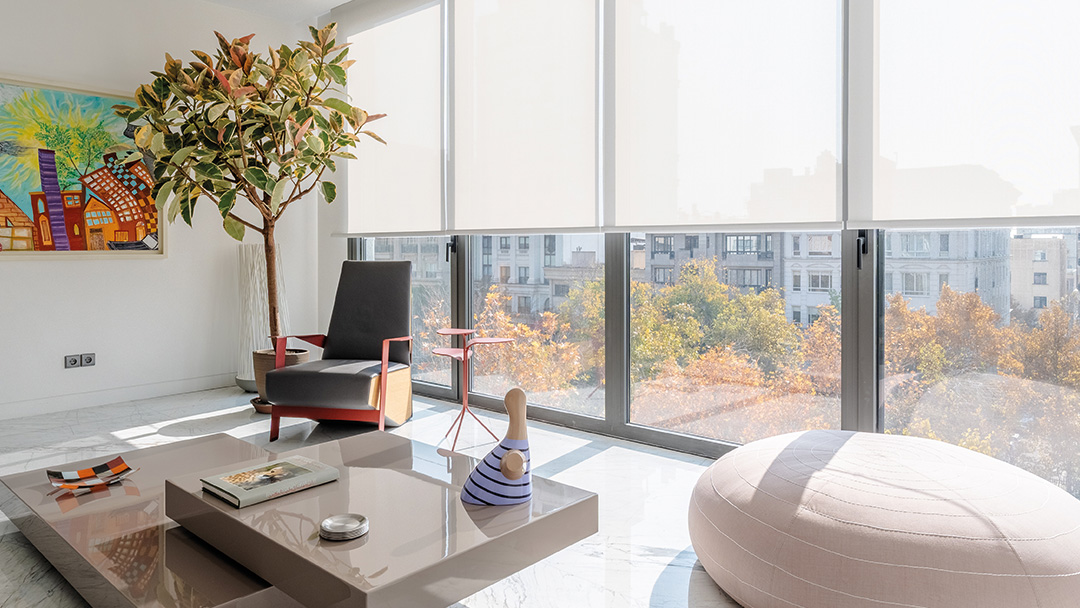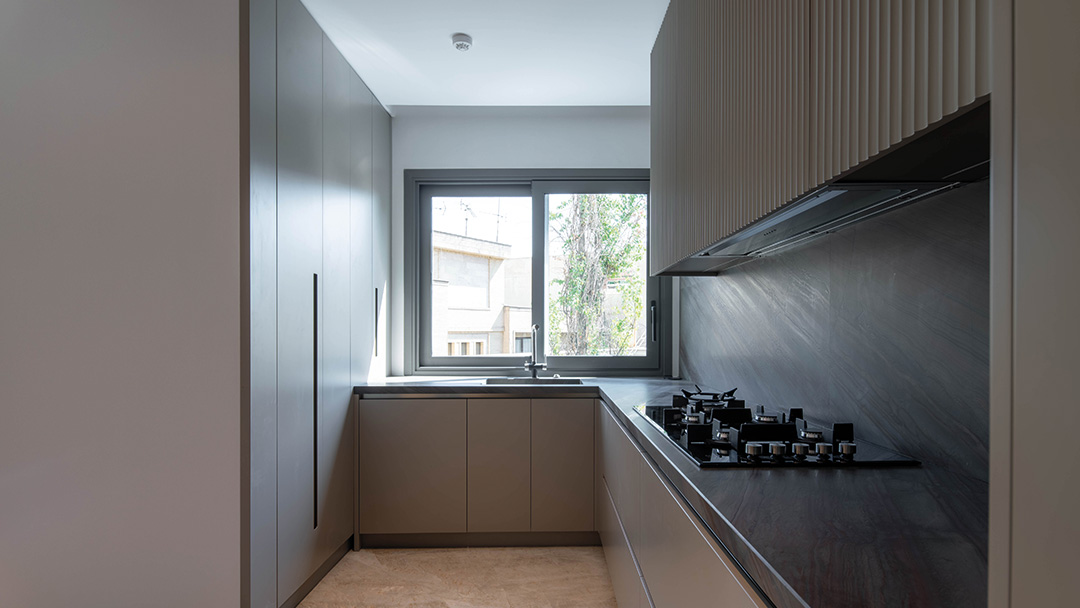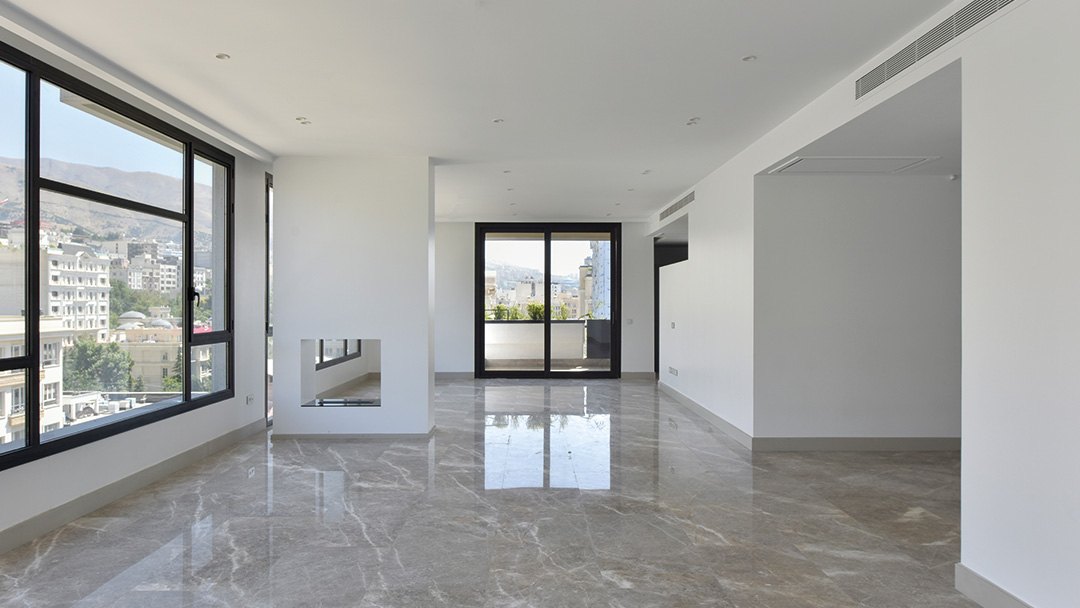1. Biophilic Design
What is it? A design approach that aims to strengthen the connection between people and nature within architectural spaces.
How is it implemented:
- Incorporating live plants indoors (such as green walls, indoor gardens)
- Large windows for natural light and views of greenery
- Use of natural materials like wood, stone, and clay
- Natural sounds (e.g., water features) to enhance calmness
🔸 Featured Project: Dibaji Project

2. Adaptive Reuse
What is it? Repurposing old buildings while preserving historical elements and changing their function.
Why is it trending:
- Environmentally friendly and reduces construction waste
- Preserves architectural and urban identity
- Examples include converting factories into residential or cultural spaces
🔸 Featured Project: Takhti Project

3. Return to Classical Details and More Enclosed Floor Plans
A recent shift in interior design trends favoring more private and separated spaces over the previously dominant open floor plans.
Key Features:
- Revival of classical elements like molding, arches, and wall paneling
- Separate rooms for privacy and multi-use functionality
Why this shift:
- Greater need for privacy, especially in homes doubling as workplaces
- Nostalgia and a shift away from overly minimalistic spaces
🔸 Featured Project: Golestan Project

4. Emphasis on Biodiversity and Climate-Responsive Landscaping
What does it mean? A landscape design approach that uses native, resilient plant species tailored to local climate conditions.
Key Features:
- Planting drought-resistant native species instead of high-maintenance lawns
- Use of rainwater harvesting and smart irrigation systems
- Aim: Sustainability, drought resistance, and reduced carbon footprint
🔸 Featured Projects: Zibadasht Villa and Qeytariyeh Rooftop Garden


